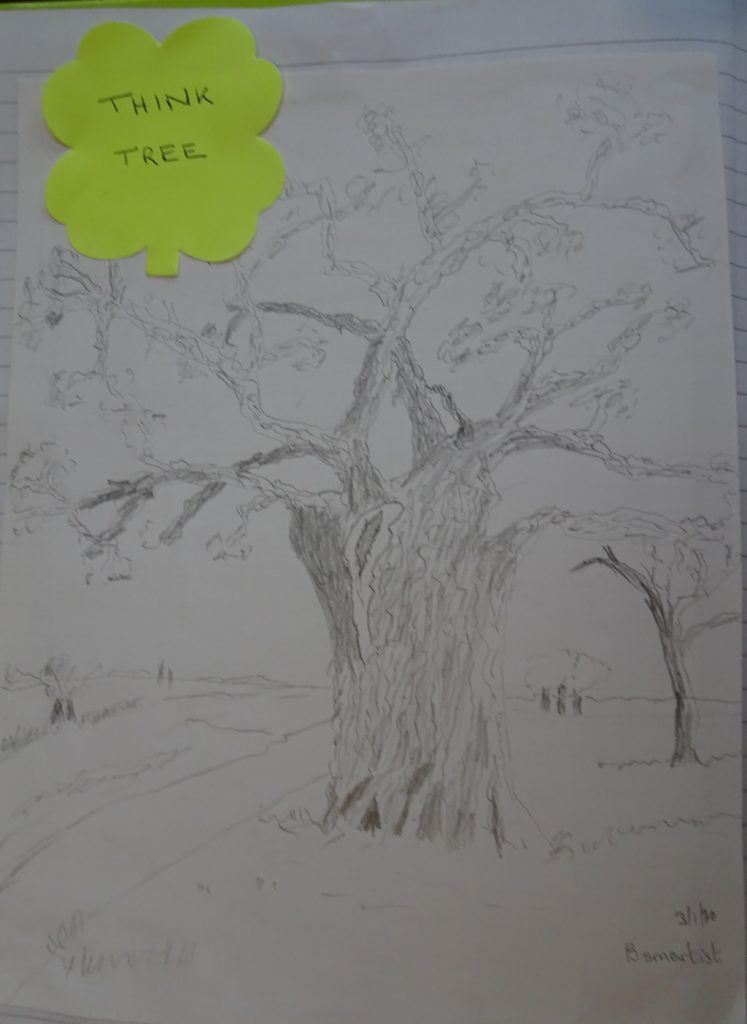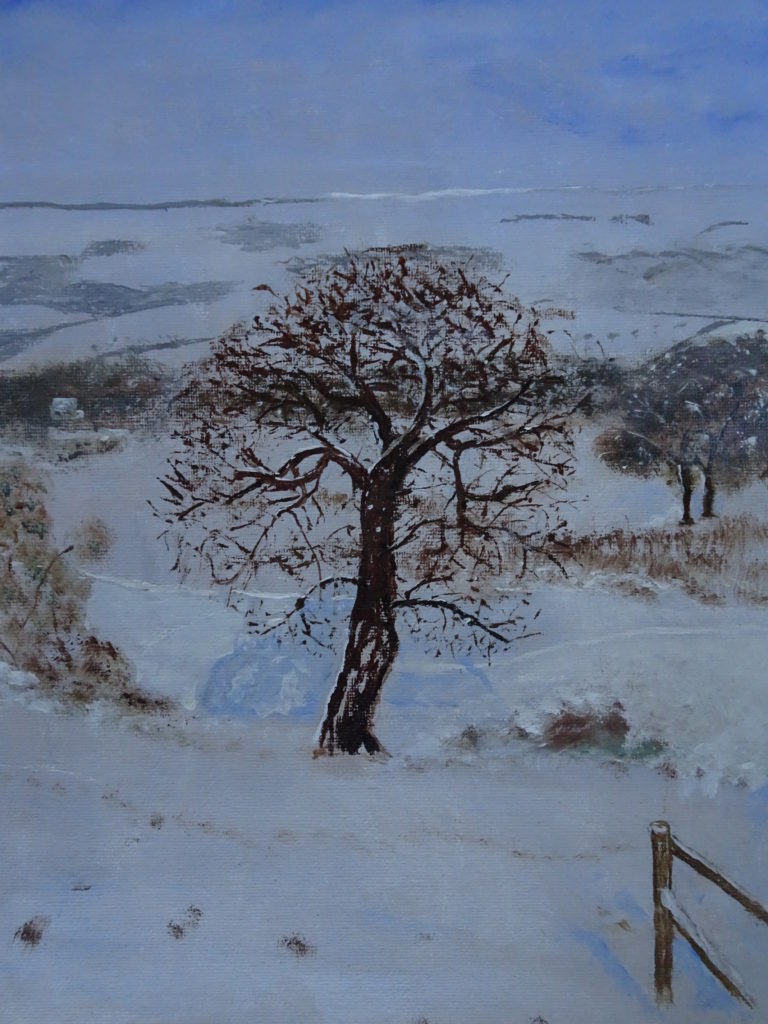The Thinking Tree’s Life Cycle
 Tree of Knowledge
Tree of Knowledge
At the beginning of 2020 UK trees are getting a good press and their significance and importance is better recognised. The more we think about trees and what they can do for us so it is worth considering if and how trees think for themselves.
Early Years Thinking
- How can we (the tree) get our seed distributed in an optimum manner. We want it in the right place at the right time to germinate and grow. We will use all the tricks of natures trade including water, wind and air blown distribution, animal and creature carrying with the possibility of a bit of fertiliser dropped in for free.
- Our seed contains a genetic memory of our species and our specific parentage. Memory implies the basis of a thinking ability which will help govern our development into a full blown adult tree.
- We think about our survival and often anticipate a high germination failure rate and significant early year losses. So we produce a volume of seed to counteract the anticipated conditions including weather, location and external factors.
Mid Life Thoughts and Actions
- We trees recognise that we are part of a far wider natural and environments system and that we need ecological partnerships. One of the foremost partnership must be with the soil our home for life. The composition and inter-actions are worth much further thought and exploration. Our fruit, bark, canopy and shelter provide conditions for creatures, lichen and others and we can slowly modify our mix of the resources provided to keep pace with changing requirements.
- Survival calls for our inherited skills. In some cases we must shed unwanted or unsustainable branches and we broad leaf trees are all taught from an early age to shed leaves each year once they have done their job. We think the rotting down of all these cast offs will enhance the soil fertility and feed the worms and fungus that are another partner.
- Our fertile years turn thoughts to reproduction and particularly fertility. As we mature our hormones tell us to flower and set seed more profusely. Pollination needs the help of others such as insects, birds or winds.
- Give a thought to our roots which are largely hidden from human view. We start to spread them beyond our canopy as we think it is a sensible thing to do.
-
In middle-age our crowns will level out, limbs grow thicker and we develop our own individual character.

Thoughts on Old Age
- Venerable Oaks, Yews, Pines and many of our fellow species will live to a ripe old age of many hundreds of years. They have learnt to survive despite climate changes, war and pestilence both human and natural. You think that is just by accident? No we thought not!
- We think that bending a branch down to earth will give us stability for a bit longer and hollowing out our trunk may provide food for our roots.
- We grow faster the older we get until we reach a certain height but then stop getting taller.
- Our dead trees can provide a good habitat for wildlife by providing food and shelter. First we should watch for insect and disease attacks that reduce our health and life expectancy.

This page is not just a ‘bonfire of the inanities’ but ‘shiver my timbers’Â it is a plank for future.
